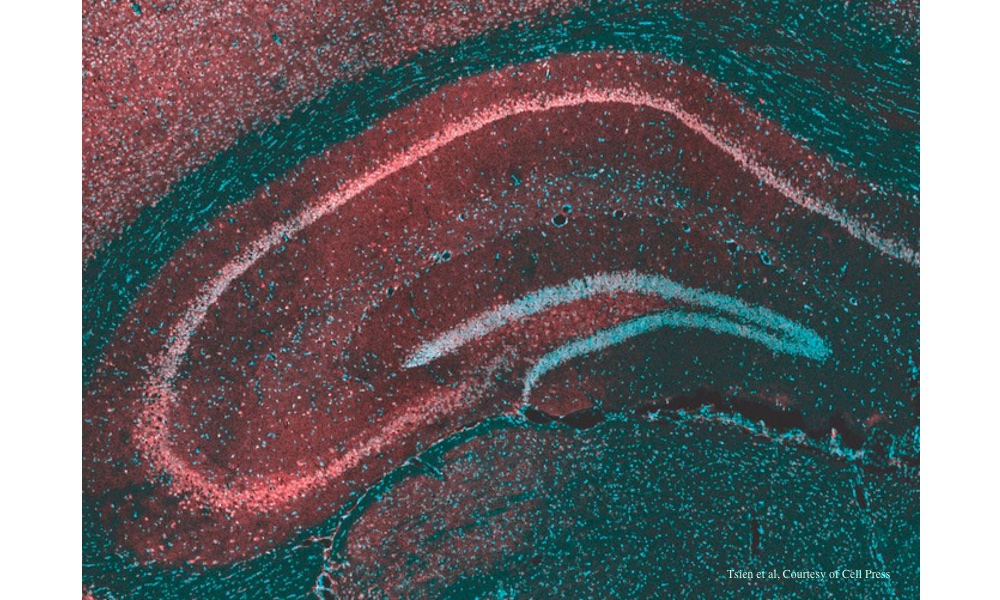What do the musicians Lil Wayne, Prince and Neil Young, the Russian novelist Fyodor Dostoyevsky, actor Danny Glover, and Supreme Court Chief Justice John Roberts, have in common? All have had epilepsy, a neurologic ailment that affects millions of people worldwide. In the U.S., according to the CDC’s latest data from 2015, 470,000 children between the age of 0-17 experience epileptic seizures.
While there are treatments available for epilepsy, what makes brain cells trigger a seizure remains a mystery. Even with treatment, seizures can still happen. A cure for this age-old condition has yet to be developed, but cannabidiol (CBD), a non-euphoric component of cannabis, shows promise.
Researchers from NYU Grossman School of Medicine studying cannabidiol (CBD), a non-euphoric component of cannabis and hemp, identified a pathway in neurons where CBD appears to block signals that trigger seizures. Signals from neurons are normally transmitted by a naturally-occurring molecule in the neuron, LPI (lysophosphatidylinositol), a compound that consists of a phosphate group and lipids. LPI typically strengthens signaling so that when the signal reaches the end point of a neuron it has enough energy to jump across the tiny gap between cells and trigger the next neuron to “fire.”Sometimes, the researchers believe, the signaling becomes too strong, setting off a series of over-excited signals that the individual experiences as a seizure.
The team found that CBD helps restore the balance among the signaling forces. “The study also clarified, not just how CBD counters seizures, but more broadly how circuits are balanced in the brain,” Richard W. Tsien, chair of the Department of Physiology and Neuroscience at NYU Langone Health, said in a statement.
“Our results deepen the field’s understanding of a central seizure-inducing mechanism, with many implications for the pursuit of new treatment approaches,” he added.
Using genetically engineered mice that lacked a particular protein on the neuron’s surface that’s involved in this signaling processes, the researchers treated mice with plant-derived CBD prior to seizure-inducing stimuli. The result: they were able to block both excitatory LPI-mediated effects that might lead to seizures and inhibitory signaling that might prevent the seizure.
This more detailed understanding of the signaling process means that new treatments might one day be able to better balance excitatory and inhibitory electrical pulses so that normal information flow can occur without triggering a seizure. ”The study also clarified, not just how CBD counters seizures, but more broadly how circuits are balanced in the brain,” said Tsien, adding, “Related imbalances are present in autism and schizophrenia, so [our findings] may have a broader impact.”





